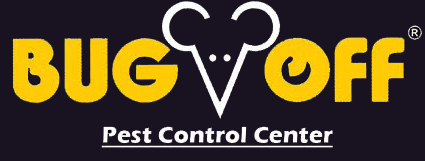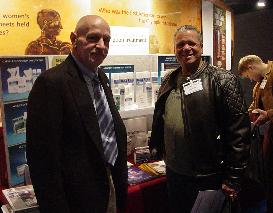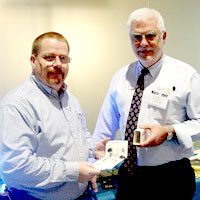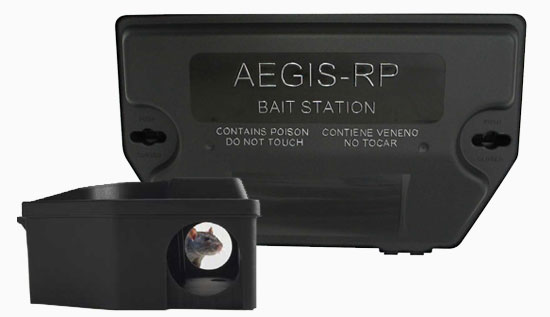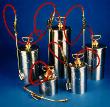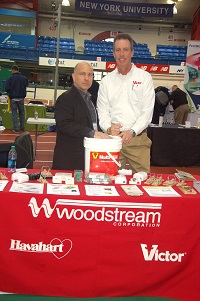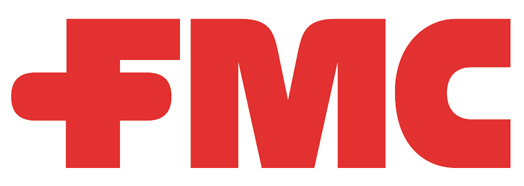Past Workshops
PCOs and Public Health, June 8, 2000
PCOs and Public Health June 8, 2000 Presented by Steve Walsh The fact that Bug Off Pest Control Center provided public health training for the New York City Department of Health and for the New York City Parks Department during the West Nile Virus crisis in 1999 created great interest in the pest control community…
Read MoreOccasional Invaders and the Perfect Perimeter Treatment, February 24, 2000
Occasional Invaders and the Perfect Perimeter Treatment February 24, 2000 Presented by Jeff Weld (Bayer) This program on perimeter treatments dealt with inspection and identification of factors conducive to perimeter pest infestations. There was an overview of the major occasional invaders (clover mites, centipedes, millipedes, sowbugs, pillbugs, crickets, earwigs, boxelder bugs, beetles, firebrats, silverfish, ticks,…
Read MoreProgressive Pest Management for Food Establishments, October 21, 1999
Progressive Pest Management for Food Establishments October 21, 1999 Presented by Craig Martelle (Atlantic Paste Co) and Jim Baldino (Zeneca) Pest control specialists learned of the health implications of foodstuffs infestations posed by the most common pests encountered in food areas: roaches, mice, rats and flies. Integrated pest management protocols were also reviewed: inspection, housekeeping/maintenance,…
Read MoreGeneral Entomology for Pest Control Operators, May 27, 1999.
General Entomology for Pest Control Operators May 27, 1999 Presented by Joe Barile (Maxforce/Clorox) A truly unique and informative workshop on the scientific foundation of pest control. The program reviewed general arthropod characteristics (structure, function, taxonomy). A thorough examination of insects followed (anatomy, physiology, life cycle, environmental niche.)
Read MorePesticide Types, Modes of Action and Overcoming Resistance, March 4, 1999.
Pesticide Types, Modes of Action and Overcoming Resistance March 4, 1999 Presented by Jim Baldino (Zeneca). What are the different types of pesticides? What are their modes of action? What are their effects on health and the environment? This seminar offered a comparative analysis of organics, inorganics, anticoagulants, calcium mobilizers, growth regulators and others. A…
Read MoreCustomizing a Rodent Control Program, October 22, 1998
Customizing a Rodent Control Program October 22, 1998 Presented by John Murphy (Lipha-Tech) An examination of rodent behavior and biology. A review of rodent-borne diseases, history of pathogen transmission and precautions for pest control professionals. This was followed by an analysis of integrated pest management, a study of formulations and a reinforcement of label interpretation,…
Read MoreEquipment Use and Application Techniques, June 17, 1998
Equipment Use and Application Techniques June 17, 1998 Presented by Steve Walsh. We examined the use and maintenance of hand-held sprayers, dusters, bait systems and ULV equipment. We went over choosing the right formulation for particular equipment, how to calibrate, how to limit non-target exposure and how to avoid drift and contamination. Finally, we reviewed…
Read MoreFleas and Occasional Invaders, March 25, 1998
Fleas and Occasional Invaders March 25, 1998 Presented by Dave Poling (Whitmire/Micro-gen) Biology and identification of fleas, diseases associated with fleas, control methods and product review. The second part examined the most common occasional invaders, their control, outdoor perimeter treatment techniques and product review.
Read MoreComprehensive Rodent Forum, October 15, 1997
Comprehensive Rodent Forum October 15, 1997 Presented by Mike Goldstein (Woodstream) This workshop stressed non-chemical treatment options.
Read MoreAnt and Termite Symposium, May 14, 1997
Ant and Termite Symposium May 14, 1997 Presented by Ed Szymanski (FMC) A review of termite and carpenter ant biology, habits and colony development. Ways of identifying damage and levels of infestation. An examination of various control methods (mechanical, chemical, baits, moisture control, physical barriers). How to perform a proper inspection.
Read More